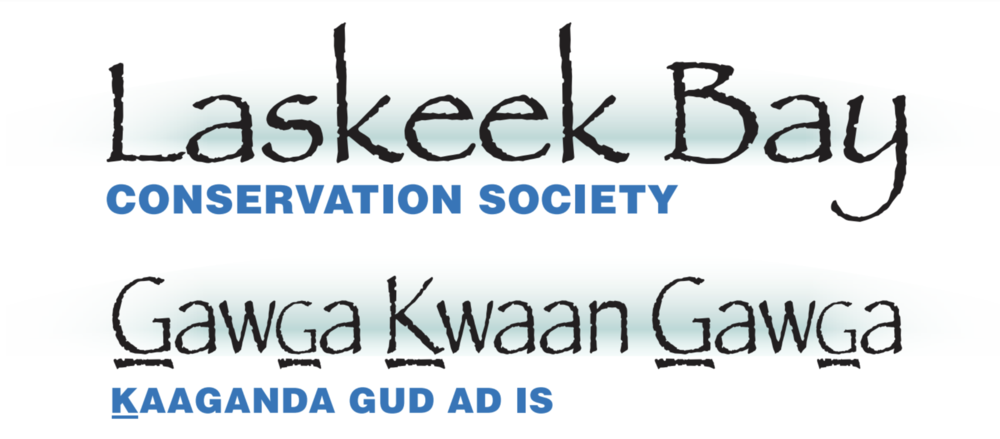This fall, our Camp Supervisor Jake Pattison will be working in the field with Project BAMBI, based out of the camp on Reef Island.
Project BAMBI is a 4 year study on the relationships between introduced Sitka Black-tailed Deer and the ecosystems they inhabit on Haida Gwaii. It is the continuation of a 15-year partnership between LBCS’ sister organization, Research Group on Introduced Species, and the French National Centre for Scientific Research (CNRS). The CNRS component is headed by Jean-Louis Martin, who has been studying deer, plant and animal interactions on Haida Gwaii since the late 1980s. CNRS provides the scientific framework for the project; RGIS brings local expertise as well as community involvement, ensuring that the results of these studies are accessible to the public and are considered in local decision-making.
